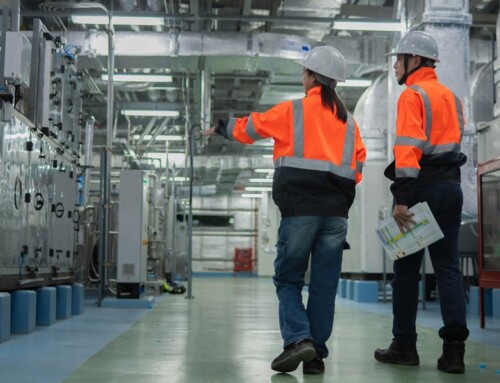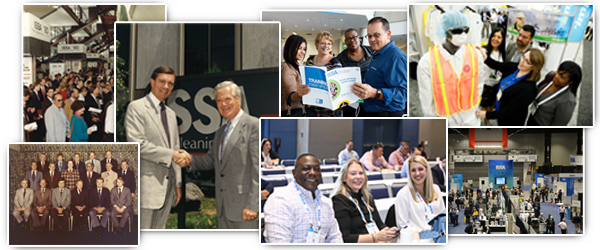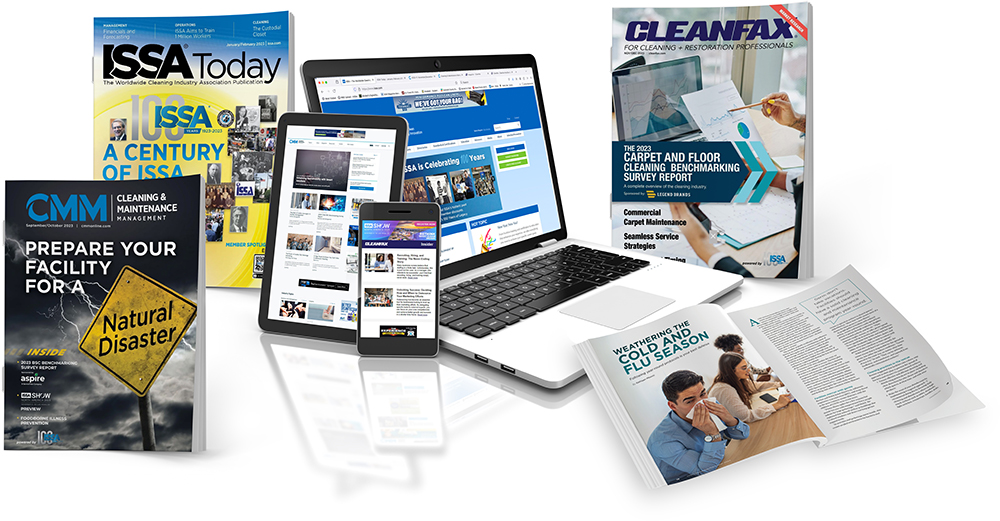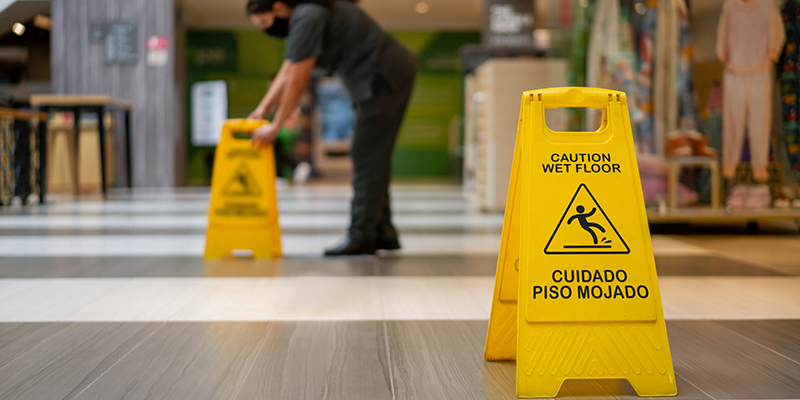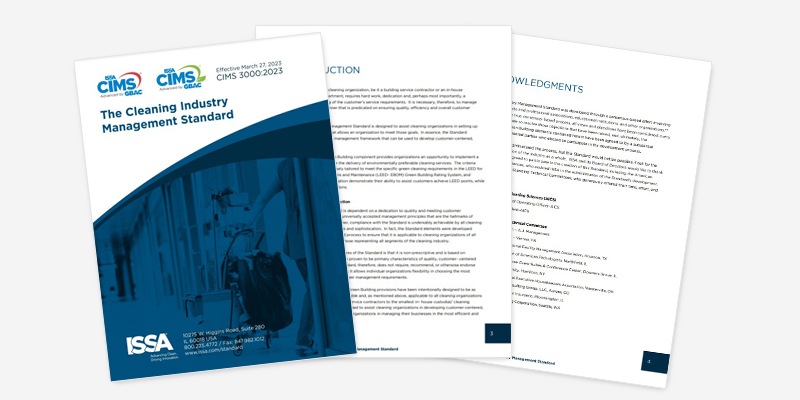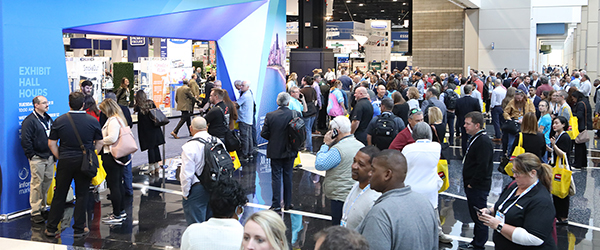How to Calculate Commercial Cleaning Rates: A Complete Guide
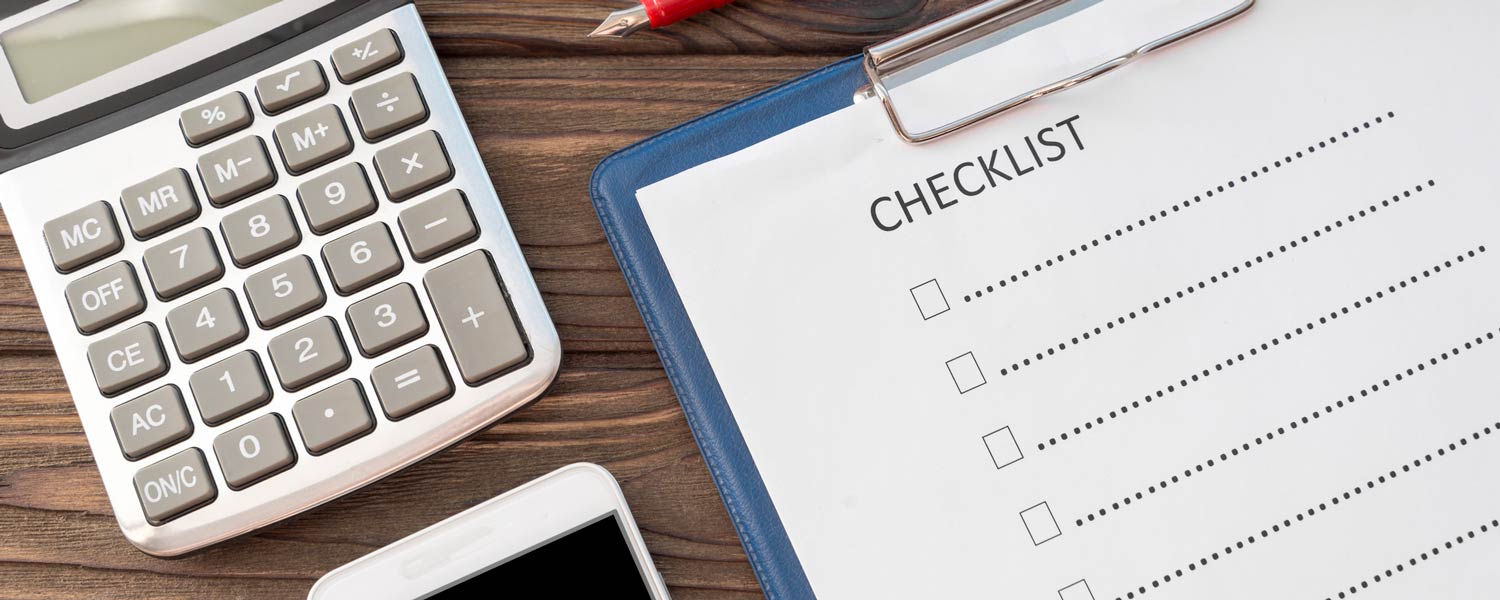
Why Cleaning Rates Matter
Knowing how to calculate commercial cleaning rates is essential for success in the janitorial and facility maintenance industry. A solid pricing model ensures your business remains competitive while covering costs, generating profit, and delivering consistent quality.
To help communicate your cleaning program’s impact on client health and productivity, explore the resources at ISSA.com/value. Understanding the value of clean helps support accurate pricing and stronger client partnerships.
Key Factors That Impact Commercial Cleaning Rates
-
Square Footage
Most commercial cleaning rates are based on the facility’s square footage. Larger spaces typically qualify for a lower rate per square foot due to efficiency gains.
General Range (U.S.):
- $0.05–$0.25 per square foot
Keep in mind that rates vary widely depending on location, type of cleaning, and service level.
-
Facility Type
Different building types require different levels of service.
- Standard office buildings may need basic dusting and vacuuming.
- Medical facilities require disinfection and strict compliance with hygiene standards.
- Industrial sites often involve additional safety training and equipment.
The complexity of the space and its regulations affect both time and price.
-
Frequency of Service
How often you clean impacts your rate.
- Daily service may reduce per-clean cost due to less buildup.
- Weekly or bi-weekly services may require more thorough work per visit.
- One-time deep cleans are often priced higher per square foot.
-
Labor Costs
Labor is your biggest expense. Consider:
- Hourly wages
- Overtime
- Taxes and insurance
- Training time
Use industry tools to calculate workload and set appropriate staffing levels.
-
Supplies and Equipment
Determine whether you’ll provide paper products, soap, liners, and cleaning tools. These costs must be reflected in your price, especially for full-service contracts.

Step-by-Step: How to Calculate Commercial Cleaning Rates
Step 1: Estimate Cleaning Time
Use time-tracking tools or historical data to determine how long a job should take. For example:
- 10 minutes per 200 sq. ft. for restrooms
- 1 minute per 300 sq. ft. for standard office space
Step 2: Multiply by Labor Rate
If your fully loaded labor rate is $25/hour and you estimate 3 hours:
- 3 × $25 = $75 in labor
Step 3: Add Overhead
This includes insurance, fuel, office rent, and administrative expenses.
A common estimate: 15% of labor cost
- Overhead: $75 × 0.15 = $11.25
Step 4: Add Profit Margin
A healthy profit margin ranges from 10–30%.
If targeting 20% profit:
- ($75 + $11.25) × 0.20 = $17.25
Step 5: Total the Price
- Labor: $75
- Overhead: $11.25
- Profit: $17.25
Total Price Per Visit: $103.50
Popular Commercial Cleaning Pricing Models
Flat Rate
- Easy for clients to understand
- Great for small, recurring jobs
- Based on space and task complexity
Square Foot Rate
- Ideal for competitive bids and larger facilities
- Example: 20,000 sq. ft. at $0.10/sq. ft. = $2,000/month
Hourly Rate
- Best for variable scope projects like deep cleaning or post-construction
- Common range: $25–$60/hour
- Be sure to set a minimum time commitment
Strategies for Competitive Pricing
- Benchmark your pricing using insights from sources like CMMOnline.
- Offer service tiers or bundled options to increase client flexibility.
- Use visual inspections or ATP testing to validate the cleanliness you’re delivering.
- Highlight ROI by explaining how a clean facility supports productivity and reduces absenteeism. See examples at ISSA.com/value.
Pitfalls to Avoid
- Underpricing to win business can damage your profitability and reputation.
- Guessing at labor time without data leads to lost revenue.
- One-size-fits-all pricing fails to reflect the nuances of each facility. Tailor each quote.
- Neglecting inflation or rising supply costs can quietly erode your margin.
Tools to Help You Price with Confidence
- Workloading Software – Helps estimate cleaning time per space type
- Budgeting Templates – Map labor, supply, and fixed costs
- Inspection Apps – Monitor job performance and maintain quality
- Education Platforms – Explore ISSA Training & Certification
Final Thoughts
Understanding how to calculate commercial cleaning rates is more than just crunching numbers—it’s about providing value, setting expectations, and ensuring your team is compensated fairly for their work.
With accurate estimates, transparent communication, and a focus on quality, you’ll not only price competitively—you’ll also stand out as a trusted service partner.
Ready to elevate your business by showing clients the real impact of clean? Explore tools and strategies at ISSA.com/value.

